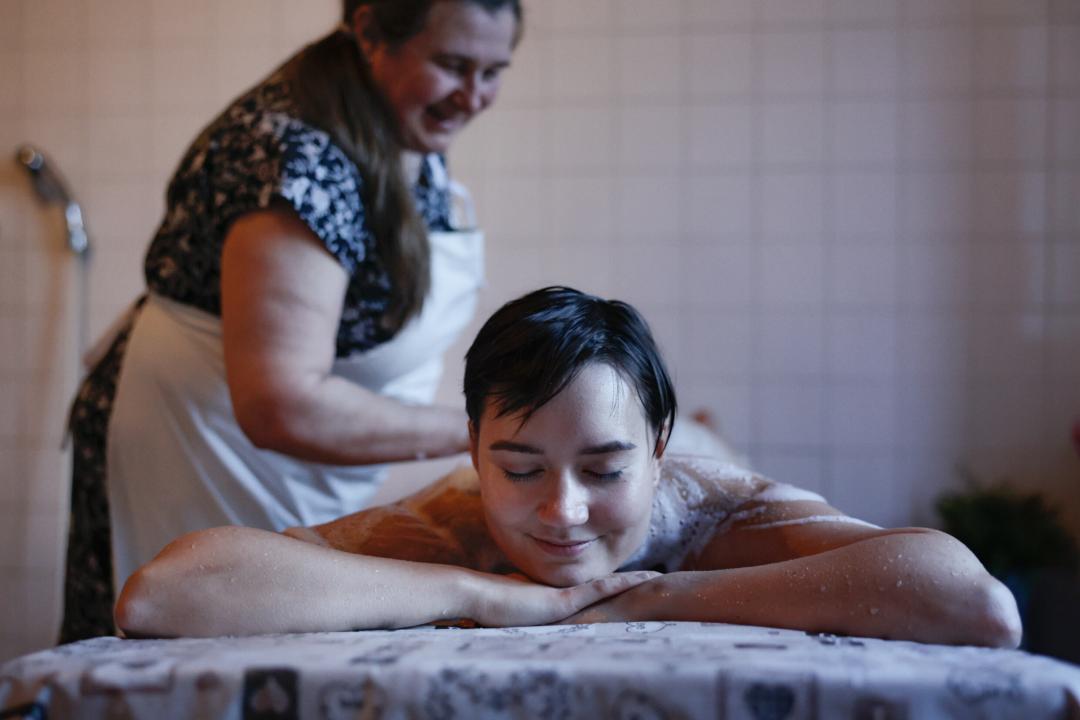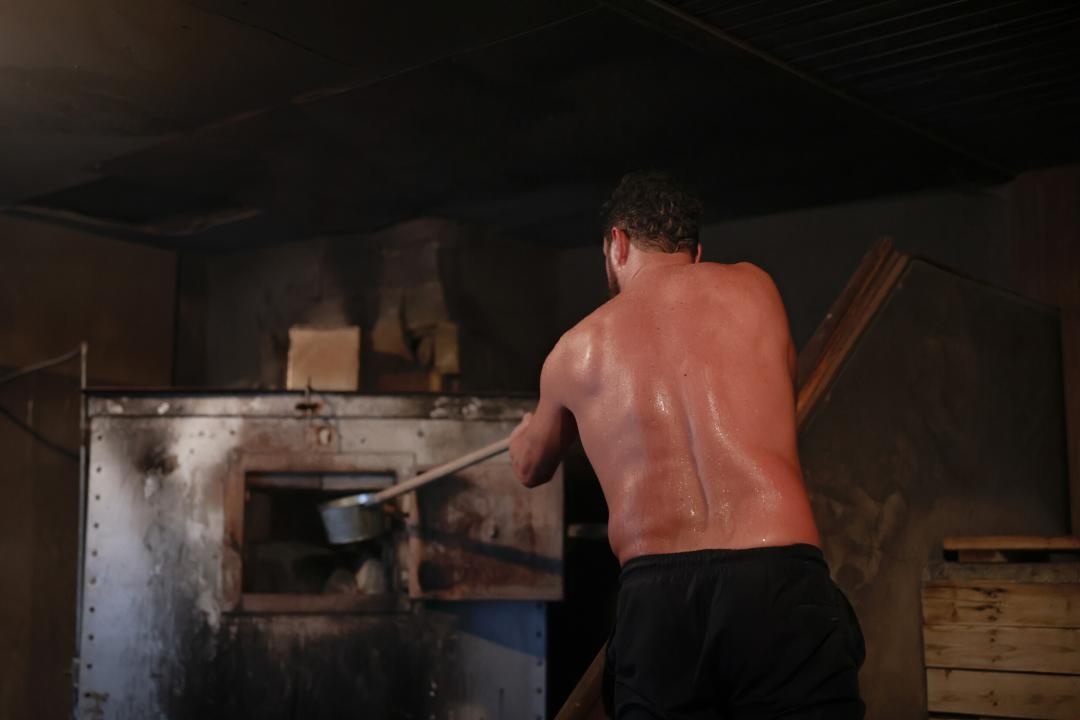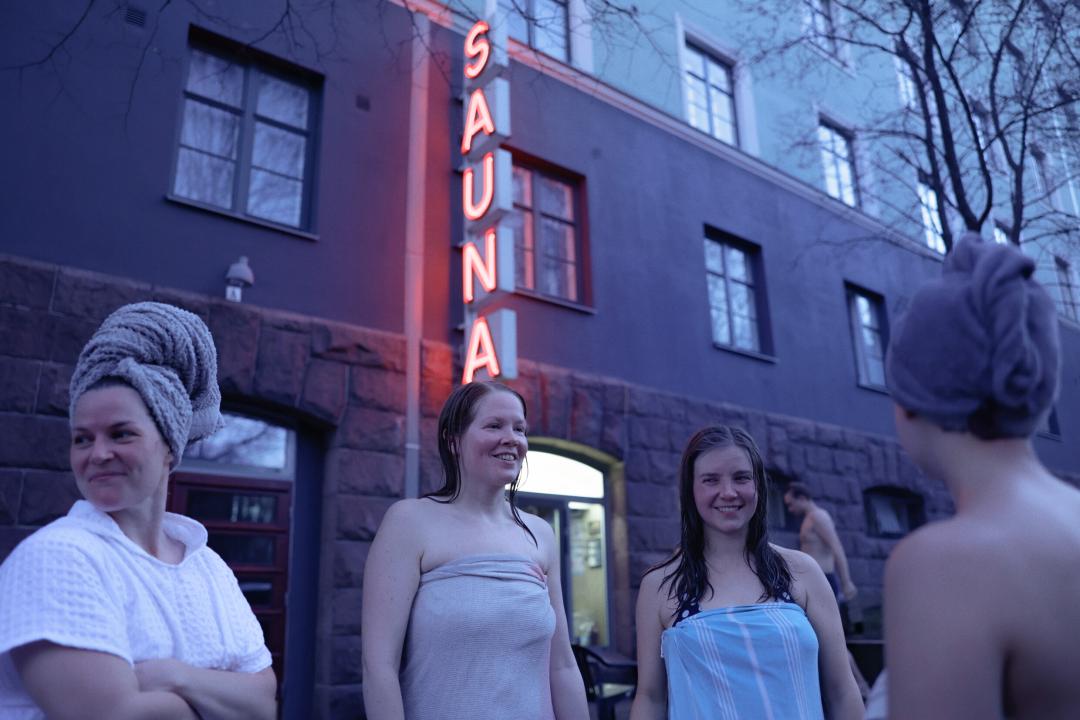
People’s lives are full of commotion and noise. Most of us can be contacted via a smartphone at home, at work and during our recreational activities – many keep their phones with them even in bed.
But not in the sauna.

The Finnish sauna is the most non-digital place in the world, says Laura Seesmeri, who calls herself a sauna academic. Seesmeri is a postdoctoral researcher at the University of Turku who has written her dissertation on collective experiences related to saunas.
According to Seesmeri, the Finnish sauna is a kind of liminal space that separates working time from leisure time, for example.
“Historically, the weekly sauna day in Finland has been a dividing line between weekdays and the weekend.”
The sauna has also served in Finland as a boundary between life and death. In the old days, women would give birth in the sauna, as it was the most hygienic place in which to do so.
The sauna was also the place where bodies were washed before burial. In the most distant languages related to Finnish, the word “löyly” (the steam that rises from the stove when water is thrown on the rocks) has referred to the life force, the soul and the spirit, as in the Estonian and Liv languages.
The Finnish sauna has indeed always been associated with mythical beliefs, including tales of sauna elves. According to lore, sauna elves were sprites who could warn of bad events, which is why it was important to keep them satisfied.
“It was once thought that you should not take a sauna for too long, so that the sauna elves would have time for their own turn in the sauna after the humans were done.”

A connection to one’s roots
The sauna is no longer used for giving birth or washing bodies, and there are no strict rules about which day of the week constitutes “sauna day”. These days, the Finnish sauna represents a liminal space between digitalised reality and the so-called natural world.
When you take off your clothes and enter the sauna, you are also stripping out of your everyday roles and obligations. The people sitting on the bench are not wise men and fools, rich and poor. As Seesmeri points out, we are all equals in the sauna.
“The sauna is a place where one can experience a connection to one’s cultural heritage and roots – even spiritual experiences involving the presence of our foremothers and forefathers. The sauna also emphasises our connection with nature, which is strongly linked to the sensual experience. The sauna is a quiet and unchanging place. The sounds and smells are always the same, as are the rituals.”
Today, the Finnish sauna is also connected to the revival of spirituality and naturalness. In the same way that it is trendy to eat and drink organic products, as it is to pick berries and mushrooms in the forest, it is also fashionable to return to one’s roots – to the sauna itself.

Social sauna-ing on the rise
According to Seesmeri, the Finnish sauna these days does not really involve any particular new rituals, but old rituals are taking on new forms.
For example, in the old Finnish culture, weddings would last for many days, and when the bride moved in to her mother-in-law’s household, she was treated to a sauna in her new home. These days, Finnish brides are still treated to a sauna, but mostly with friends on their hen night.
Another new aspect – or a return to an old one – is the idea of social sauna-ing. People used to go to communal public saunas before private saunas began to appear in homes and apartments in the 1980s.
“Social sauna-ing is again on the rise. People appreciate local neighbourhood saunas and old public saunas, and they are even being protected. Even some bars have their own saunas these days.”
Saunas are still considered healthy, too. There is even a Finnish saying: “If sauna, tar and booze don’t help, the illness will kill you.”
“Most sauna research is medical – and according to the results, the sauna really does seem to be good for you.”
